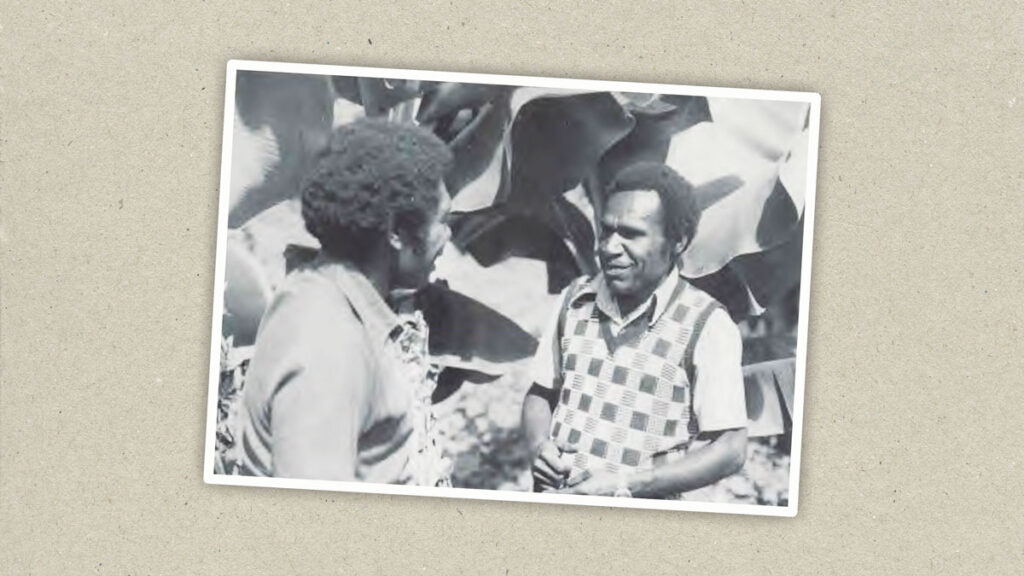Jesus’ Great Commission has been repeatedly dissected and parsed since His disciples were first so commissioned on that mountaintop overlooking the Sea of Galilee and across to the pagan lands on the “other side” (see Matthew 28:16–20). Among the directions He gave, there’s the “go”—or “as you are going”—and the “make disciples”. Then the “baptising” and, finally, there’s the “teaching”—the ongoing work of learning and living as a disciple of Jesus.
When Jesus specified that His disciples were to teach new disciples “to obey all the commands I have given you” (Matthew 28:20),1 His disciples’ thinking most likely went to their memories of His sermon on another hillside further around the lake-shore.
It’s intriguing to recognise that Jesus’ teaching was noticeably different from what is often taught in churches today. Jesus usually didn’t teach doctrine in a way that fits our modern-day formulations. Similarly, He never publicly taught anything that sounds like the contemporary, individualised, confess-your-sins-and-accept-Jesus-then-go-to-heaven salvation message that most of us are familiar with.
Rather, Jesus told stories that invited people into the alternative living reality of the kingdom of God and when He gave commands—as the Great Commission referenced—they most often related to how to resist the pressures of a violent, unjust, inauthentic and uncertain world, and to live and love well with both personal faithfulness and public action. In short, “the way of discipleship and the commands of Jesus are most explicitly taught in the Sermon on the Mount”.2 [pullquote]
As such, the Sermon on the Mount (see Matthew 5–7) deserves our renewed attention, particularly in what we mean by disciple-making. The early followers of Jesus understood that this was what Jesus meant in the Great Commission. Church historians note that this sermon was the most referenced biblical passage in the first 300 years of the church: “This was the main way the early Christians were taught how to be disciples.”3 But the ethical teachings of Jesus seemed to fall out of favour and then almost out of sight as the church changed, becoming more focused on form, theology and doctrines, as well as politics and power structures. Possibly because what Jesus taught was increasingly uncomfortable in the context of what the church had become.
Consider, for example, Jesus’ ethic for the worst-case-scenario in human relationships—the command to “love your enemies! Pray for those who persecute you!” (Matthew 5:44). When humanity is always seeking to define who is in and out, who we should fear and hate, Jesus commanded His disciples to love, even when “they” actually do seek our harm. And love is not merely contriving nice feelings toward “them”, but to actively seek the enemy’s good, even at a cost to ourselves, because we are not worrying about the stuff of our own lives (see Matthew 6:25).
Not only was this counter-intuitive and counter-cultural in Jesus’ day, it has been ever since and remains so today, if we are to take and teach Jesus’ commands seriously. And this will change not only our personal relationships, but our public engagement—how we listen and speak, how we vote and advocate, how we seek to include and welcome people who are different into our lives and communities.
The teachings of Jesus—as summarised in the Sermon on the Mount—are the rock on which we as His disciples are called to build our lives and our faith (see Matthew 7:24). With the power and presence of Jesus (see Matthew 28:18, 20), it’s a life that resists what is wrong around us and in us, that loves well even when it costs, that seeks first the reality and priorities of the kingdom of God (see Matthew 6:33). It’s a life worth teaching to new disciples and inviting others to share.






